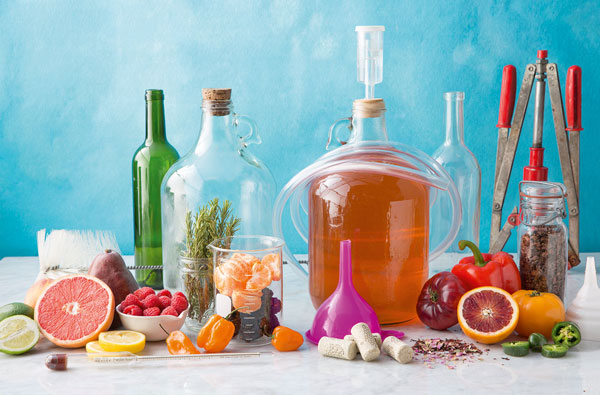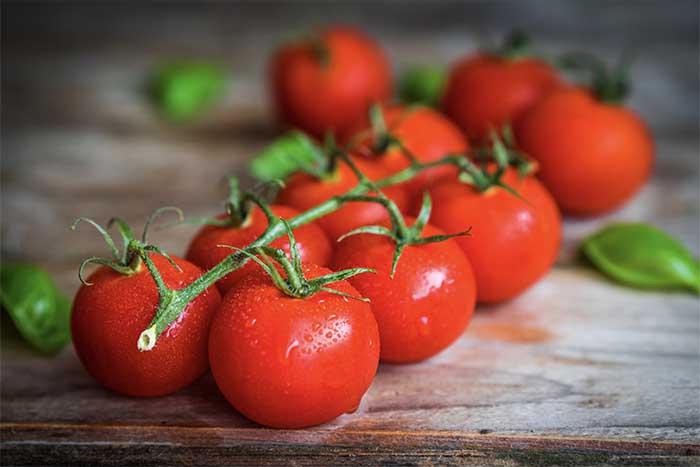
Here are nine surprising fruits for making wine:
1. Apricots
If you have tried to make wine before, you might have heard that apricots don’t make a good base for wine. Well, that’s only partly true. This fruit makes a decent wine but doesn’t age well. If you want to make a wine that you can store for a few years, apricot wine is not the best choice. Many people prefer apricot wine over wine made from grapes.
2. Grapes
Grapes tend to have a lot of sugar and tannin, and those two things are what make wine taste good. That means it takes a long time to ferment grapes, which is why they are only sometimes recommended for beginners. Grapes have a distinct taste and give your wine a different flavor than wine made with other fruits.
3. Blueberries
Blueberries make an excellent wine. They are one of the easiest fruits to work with and taste delicious when fermented. The main issue with blueberries is that they don’t have enough sugar to make a full-bodied wine. You will want to add sugar (or another sweetener) to your blueberry wine to counteract that. The good news is that blueberry wine tastes excellent with a bit of sweetness. And if you decide to age your blueberry wine, the added sugar will help the wine mature properly. Blueberries are an excellent alternative to grapes if you want an easy recipe that you can make quickly. They also make delicious wine that will pair well with almost any meal.
4. Apple
Apples are another fruit that doesn’t have enough sugar to make a full-bodied wine. However, apples have another advantage that blueberries do not: they have tannin. Blueberries don’t have enough tannin to compensate for their lack of sugar, but apples do. That means apples are the perfect fruit to mix with blueberries to make a full-bodied wine. Apples also have a distinct flavor that will set your blueberry and apple wine apart from other wines. If you can wait that long, apple blueberry wine is a tasty and unique choice.
5. Pumpkin
Pumpkin wine is one of the more unique (and possibly spooky) wines you can make. It has a distinct taste that will remind you of autumn, but it is also delicious year-round. Pumpkin wine is also straightforward to make. You can ferment pumpkin alone or mix it with apples or blueberries to make a more complex wine. Pumpkin wine takes a while to ferment, but it is well worth the wait. And if you want to speed up the process, you can also drink pumpkin wine. Pumpkin wine lasts a long time and is a delicious fall treat.
6. Oranges
Oranges are another fruit that doesn’t have enough sugar to make a full-bodied wine. However, oranges give off a distinct flavor that will set your wine apart. If you like oranges, you will probably love orange wine. Oranges are also very easy to work with. You can either mix them with other fruit or ferment them alone. If you ferment oranges alone, it will take a while to ferment. If you want your orange wine sooner, you can mix oranges with other fruit. That will make a more complex wine ready to drink sooner. Oranges are another unique choice, but they are also delicious. If you like oranges, you will probably love orange wine.
7. Tomatoes
Tomatoes are not a traditional wine ingredient but an attractive choice. The best way to ferment tomatoes is to crush them (or blend them) and ferment them with grapes. That will give your wine a distinct taste that takes almost no effort to make. Tomatoes are a straightforward and quick fruit to work with. They also have enough sugar and tannin to make a full-bodied wine, so there is no need to add other ingredients.
8. Peaches
Peaches are another unusual fruit that you can use to make wine. They are much like tomatoes because they are easy to work with and have enough sugar and tannin to make a full-bodied wine. Peach wine also tastes delicious. It has a distinct peach taste, making it stand out from other wines. Peach wine can either be made with fresh peaches or with peach juice. If you use fresh peaches, you can ferment the wine reasonably quickly. If you use peach juice, it will take a bit longer. Whether you want to make a quick peach or complex peach wine, you can rest assured that peach wine is delicious.
9. Pomegranate
Pomegranate wine has advantages for your health in addition to its delicious flavor. This excellent fruit is rich in vitamins A, C, and E, which assist in decreasing inflammation and are also beneficial for your skin. It would be best if you fermented it to make wine to get its health advantages. Due to its rarity in shops, you may get it online. Pomegranate wine is another beverage that people brew at home.
